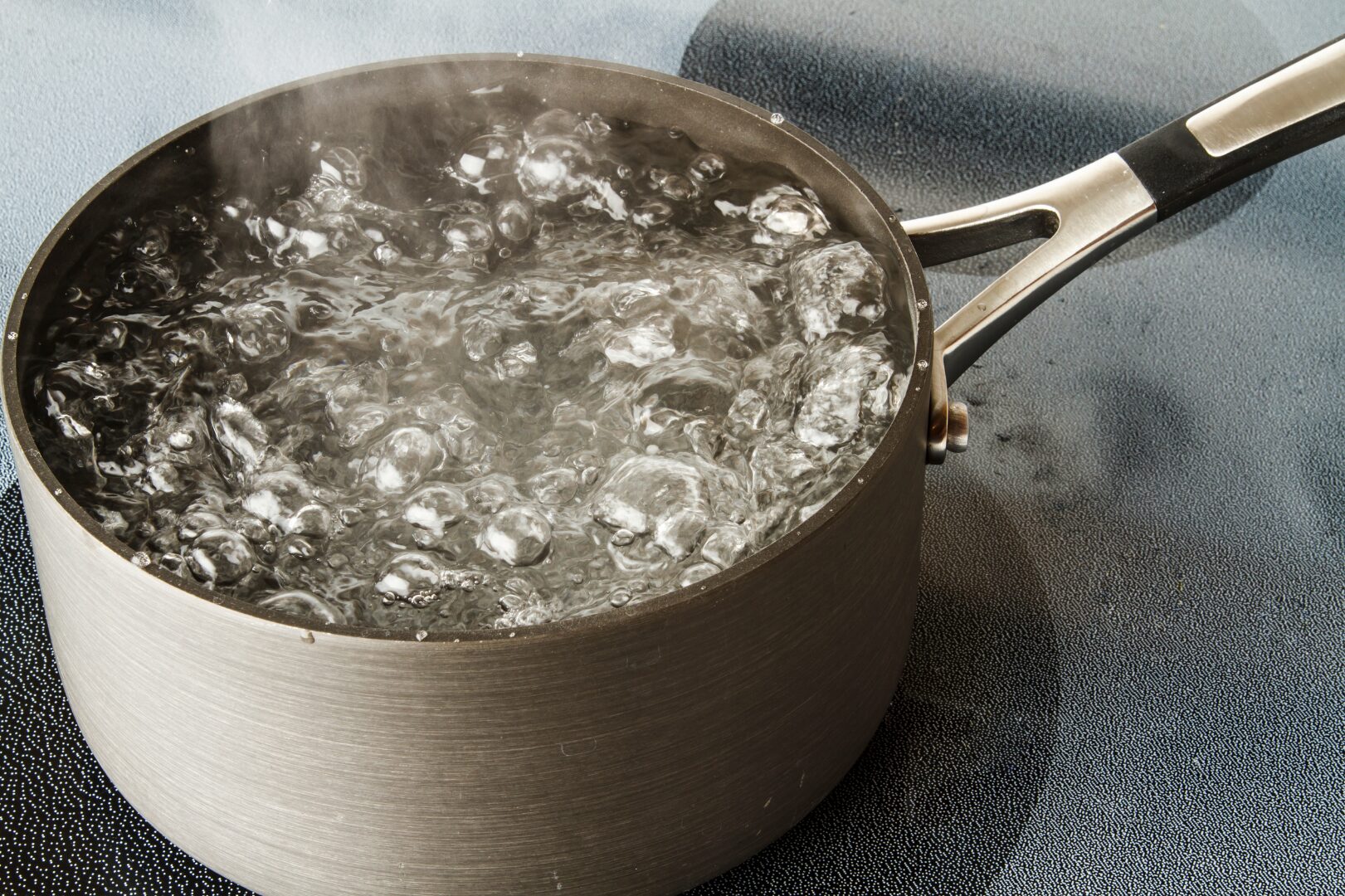Boil Water Advisory
Boil Water Advisory:
What You Need to Know
Why are boil water advisories issued, and how long do they last? Does it mean the water is contaminated?
A boil water advisory is issued as a precaution when there’s a chance the water supply could be contaminated, usually after a major water outage or loss of pressure.
It doesn’t mean the water is unsafe, only that it might be. The advisory stays in place until water samples are tested, which takes about 18–24 hours. If no bacteria are found, the advisory is lifted.

Why and how should I boil water before drinking?
What precautions should be taken after a boil water advisory is lifted, if test results reveal that the water was contaminated?
- Flush water lines by running all cold water faucets in the home for approximately one minute.
- Flush automatic ice makers by discarding three batches of ice made.
- Run water softeners through a regeneration cycle.
- Run drinking water fountains for one minute.
- Run water through direct water connections for five minutes.
What can I safely use tap water for during a boil water advisory, and when do I need to boil it?
You must boil tap water before using it for:
- Drinking
- Brushing teeth
- Cooking
- Making drinks (like coffee or juice)
- Washing raw foods
- Making ice
- Giving water to pets
If the water will be consumed in any way, it must be boiled first. You can also melt ice made before the advisory began.
What happens if I drank tap water before knowing about the boil water advisory, and what symptoms should I watch for?
If you’re healthy, you’re unlikely to get sick from drinking potentially contaminated water. However, young children, the elderly, and people with weakened immune systems may be at higher risk. Possible symptoms include diarrhea, cramps, nausea, headaches, or other signs of illness. If you experience any of these, contact a healthcare provider.
What are other ways to disinfect water for consumption if I can’t boil it?
A. Household Bleach. Bleach will kill some, but not all, types of disease-causing organisms that may be in water. If the water is cloudy, filter it through a clean cloth to allow it
to settle, and draw off the clear water for disinfection. Add 1/8th teaspoon (or 8 drops) of regular, unscented liquid household bleach for each gallon of water. Stir it well, and let it stand for 30 minutes before you use it. Store in clean containers with covers.
| Available Chloride | Drops Per Quart | Drops Per Gallon | Drops Per Liter |
|---|---|---|---|
| 1% | 10 | 40 | 10 |
| 4–6% | 2 | 8 | 2 |
| 7–10% | 1 | 4 | 1 |
B. Granular Calcium Hypochlorite. Add and dissolve ¼ ounce per two gallons of water. The mixture will produce a stock chlorine solution of approximate 500 milligrams per liter. To disinfect water, add 1 pint (16 ounces) of solution to each 12.5 gallons of water to be disinfected. To remove odor, aerate the disinfected water by pouring it back and forth from one clean container to another.
C. Chlorine Tablet. Chlorine tablets containing the necessary dosage for drinking water disinfection can be purchased in a commercially prepared form. These tablets are available from drug and sporting goods stores, and should be used per instructions outlined on the package. When instructions are not available, use one tablet per each quart or liter of water to be purified.
D. Iodine. You can use common iodine (2% U. S. Iodine) from your medicine cabinet or first aid kit to disinfect contaminated water. Use five drops of iodine per each quart or liter of water. Note: for cloudy water, add 10 drops of iodine per quart or liter of water, and let the solution stand for at least 30 minutes.
E. Iodine Tablets. You can use iodine tablets to disinfect filtered and settled water. Purchase commercially prepared iodine tablets containing the necessary dosage for drinking water disinfection at drug and sporting goods stores. Use as stated in instructions. If instructions are not available, use one tablet for each quart or liter of filtered or settled water.
